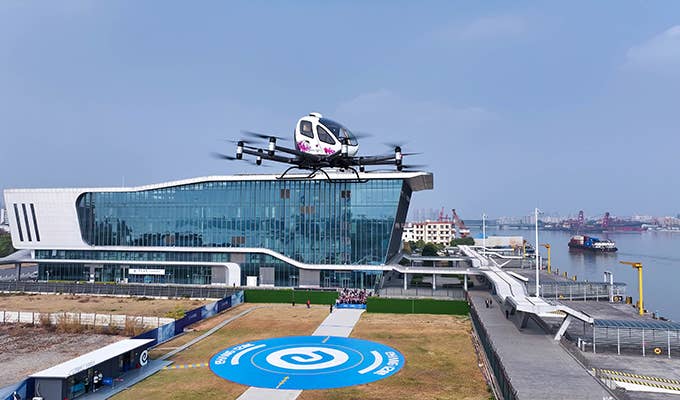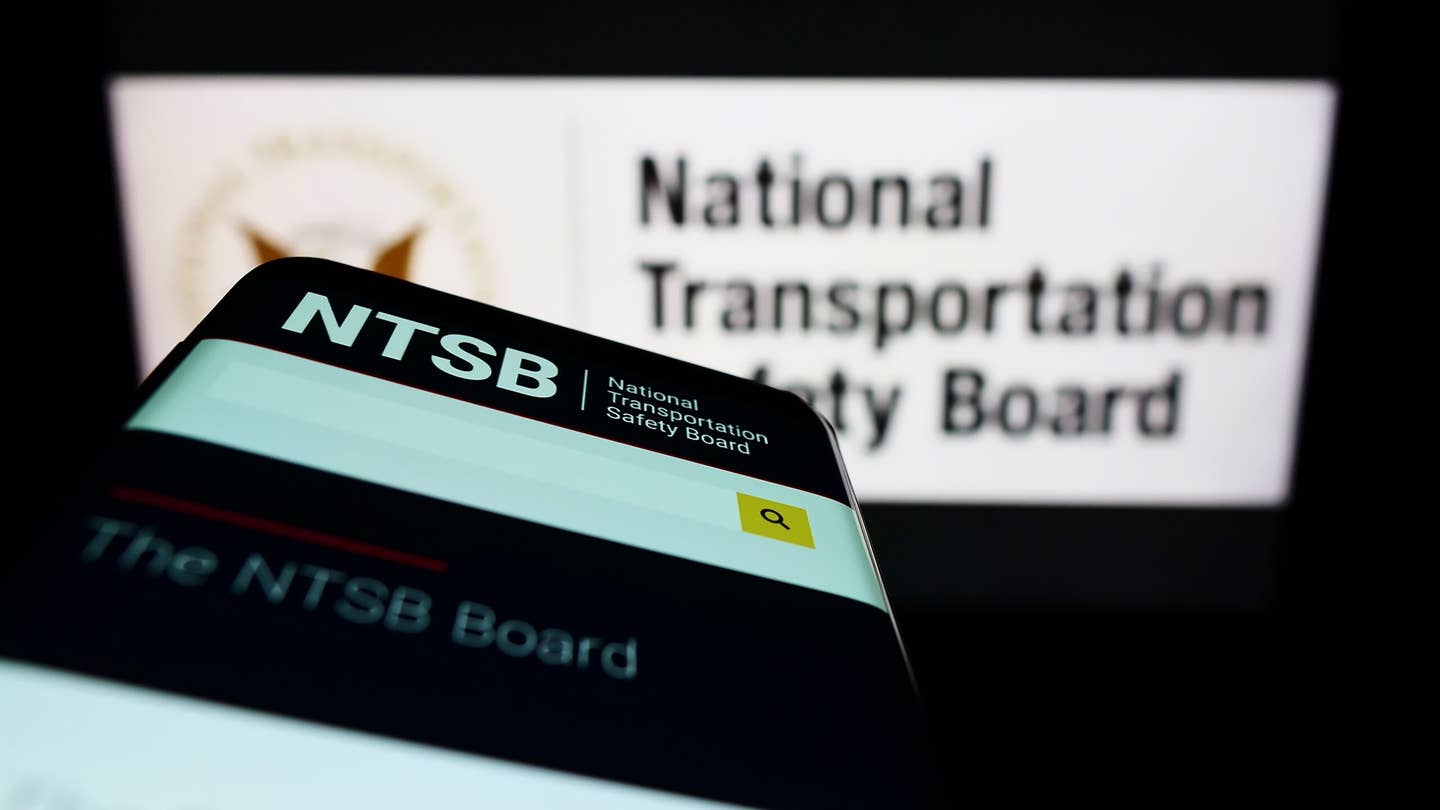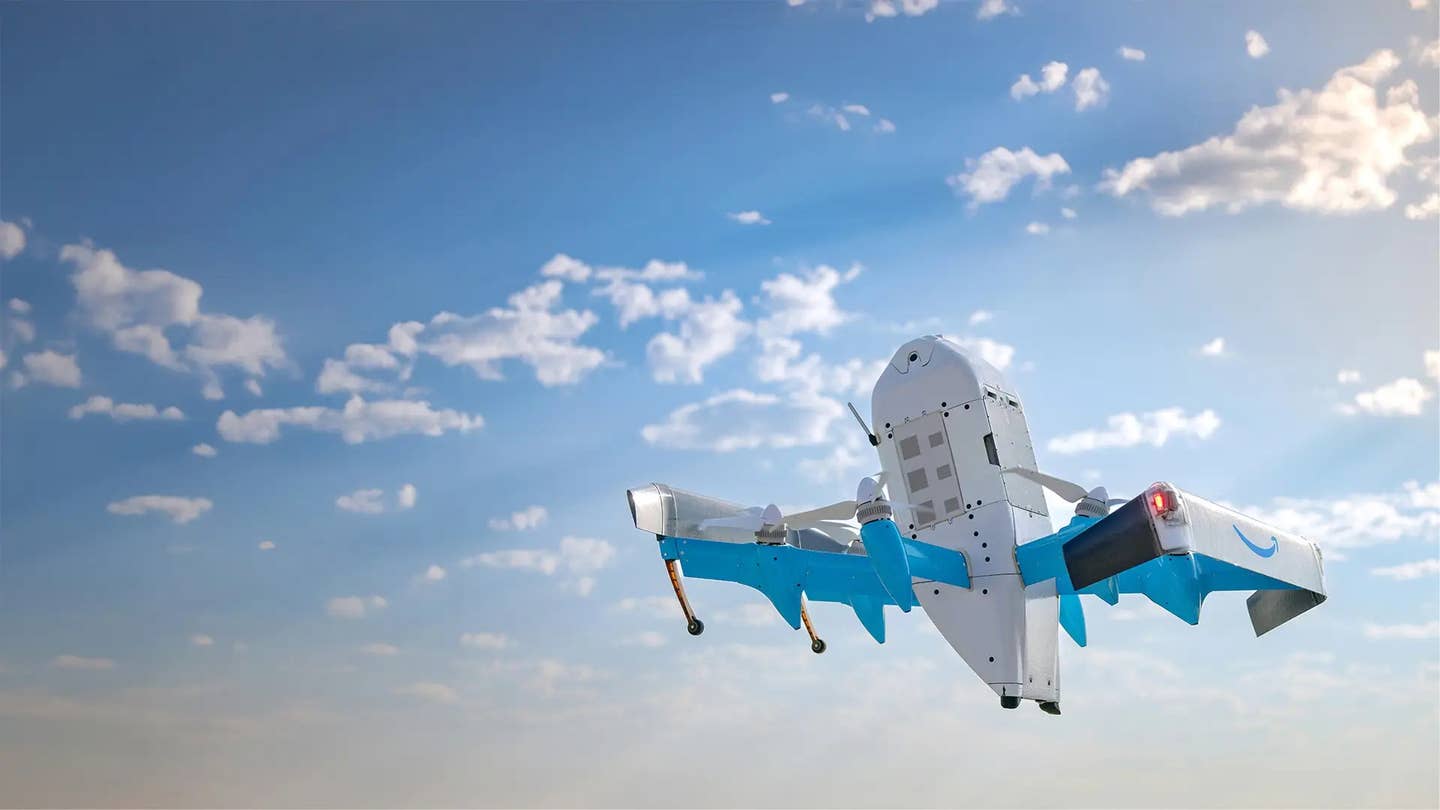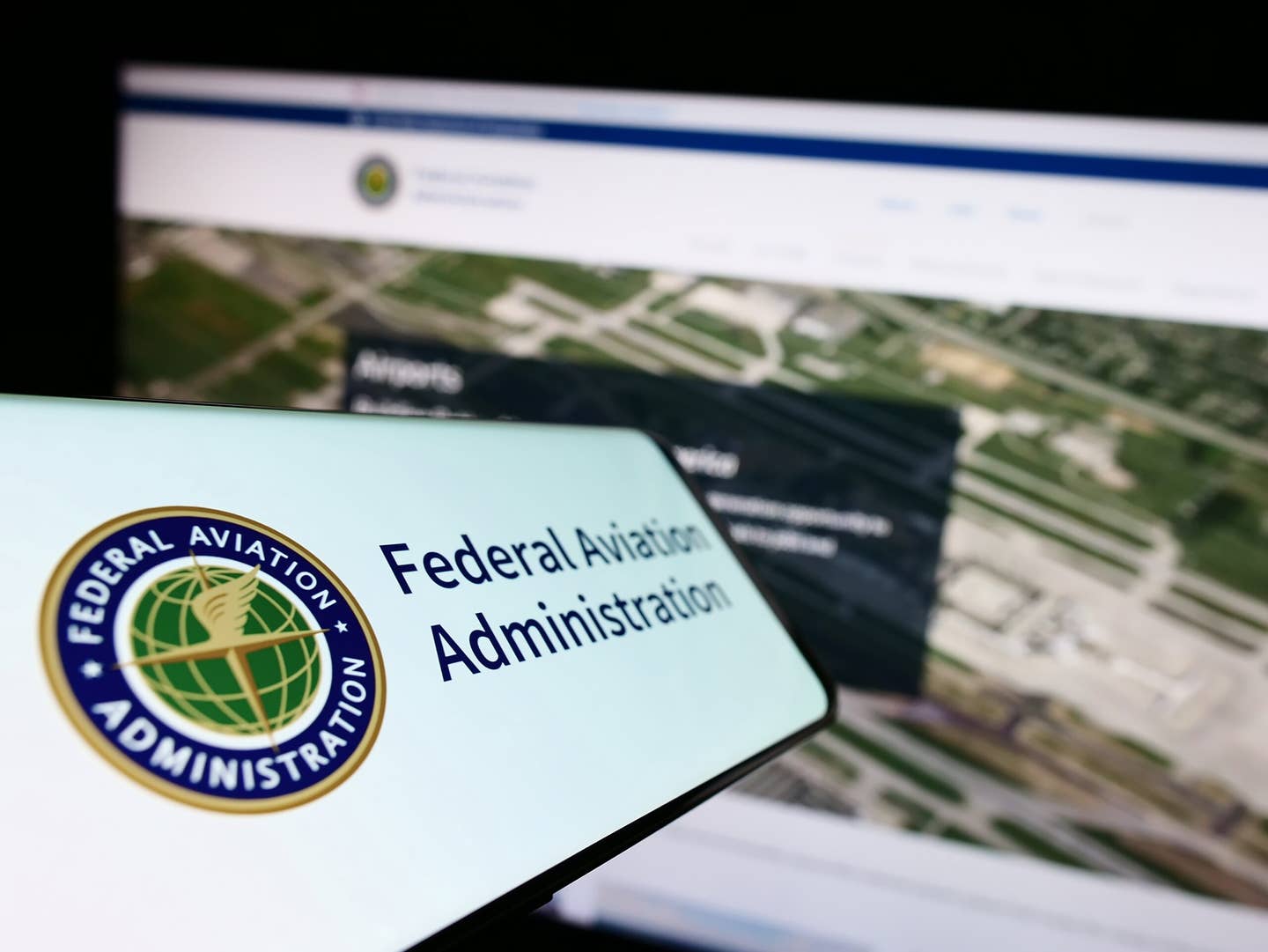Human, All Too Human
After decades of faulting pilots involved in collisions or near-misses for inadequate vigilance, the NTSB now officially concedes that see-and-avoid is a highly unreliable system.
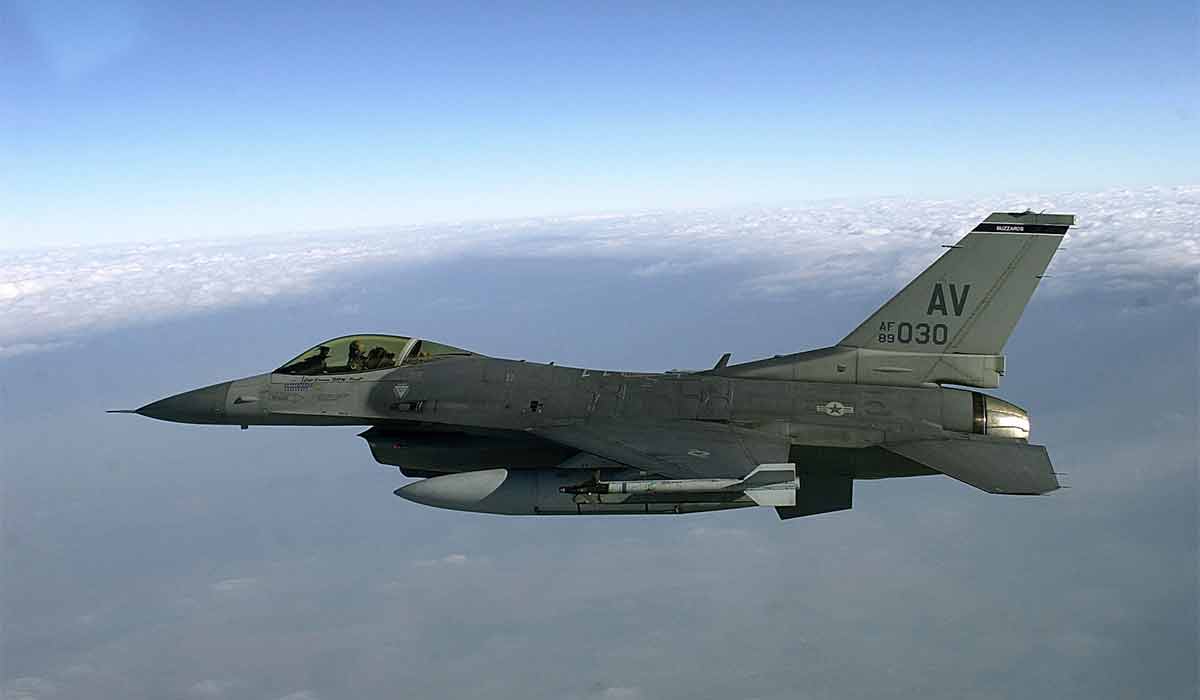
The F-16 Fighting Falcon is a highly-maneuverable multi-role fighter aircraft. [Courtesy: U.S. Air Force]
In July 2015, a U.S. Air Force F-16 collided with a Cessna 150 near Charleston, South Carolina. The 150 fell from the sky, killing both of its occupants. The F-16 flew on for a couple of minutes before the pilot ejected and the crippled fighter crashed harmlessly in the woods.
The weather was clear, and the F-16 was performing a practice instrument approach at Charleston International Airport (CHS), which is also an Air Force base. The fighter jet was at 1,600 feet, flying a heading of 260 degrees to intercept the final approach course for Runway 15. The Cessna had taken off from a nearby uncontrolled airport, Berkeley County (MKS), and had turned southeastward, squawking 1200 and not in contact with controllers.
When the two airplanes were 3.5 miles apart, the CHS approach controller’s radar displayed a conflict alert and the controller warned the F-16 pilot of traffic, unknown type, at 12 o’clock. The F-16 pilot replied that he was looking. The controller then instructed the F-16 pilot to turn left to 180 if he did not have the traffic, and seven seconds later amended that instruction to “turn left immediately.”
The F-16 pilot, who had not yet spotted the traffic, used his autopilot to make a standard rate left turn while he continued to search.
The two airplanes were converging at 300 knots. Even if the Cessna pilot had looked long and hard to his left, which he had no reason to do, he probably would not have discerned the small head-on cross section of the gray single-seat fighter barreling toward him. The Cessna, on the other hand, was a mere stationary dot behind the clutter of the F-16’s head-up display. The F-16 pilot finally caught sight of the Cessna when the two airplanes were a few hundred feet apart, less than a second before they collided. He pulled full aft stick, but too late.
The National Transportation Safety Board hung the blame for the accident on the controller, who had failed, the board said, to provide “an appropriate resolution” to the conflict. It was apparent in hindsight, of course, that although the Cessna was 12 o’clock to the fighter when the first traffic advisory was issued, it was because of the left turn, intended to separate them, that they collided. Without it, the F-16 would have passed behind the Cessna.
The controller told investigators that when she instructed the F-16 pilot to turn left immediately, she thought the fighter would “turn on a dime.” The F-16 pilot, on the other hand, had no way of knowing whether “turn left immediately” meant to turn promptly or to turn rapidly. The controller saw that the F-16 and the Cessna were still moving toward each other, but their Mode C altitudes were different, and she believed the F-16 would pass above the Cessna and told the F-16 pilot so. It is not clear, and the accident report does not discuss, why, when the paths of the two airplanes continued to converge, the controller did not instruct the fighter pilot to stop his turn or turn right.
Five weeks after that accident, a Sabreliner and a Cessna 172 collided in the traffic pattern at Brown Field in San Diego. Both airplanes crashed, and five people died. The NTSB again pointed the finger of blame at a controller, this time the tower controller, who was handling multiple airplanes at the time of the accident. Brown Field has parallel runways; he was working both of them and made several errors of identification and instruction that would have passed unnoticed if the collision had not focused the NTSB’s microscope upon his actions.
In this case, the essential problem was that there were two single-engine Cessnas on the downwind leg along with the Sabreliner: one outside him and leaving the pattern, the other inside and lower and doing touch-and-goes. When the Sabreliner reported downwind at midfield, the cockpit crew was actively scanning for traffic and had both airplanes in sight. Intending to allow the jet to land first and increase the spacing between it and the touch-and-go Cessna, the controller instructed the Cessna to make a right 360 and rejoin the downwind. But he confused the callsigns of the two Cessnas, and it was the one to the Sabreliner’s left, leaving the pattern, that executed the turn. The Cessna between the jet and the runway continued straight ahead. Only after he cleared the Sabreliner to turn base did the controller look to verify that the inside traffic was making the 360. When he saw it flying straight ahead, he called to repeat the instruction, still using the wrong callsign, and received the reply that the pilot was, in fact, turning.
At this point, what the controller saw was inconsistent with his mental picture of the situation, and it began to dawn on him that he may have misidentified the airplanes. He was attempting to verify the position of the touch-and-go Cessna when the Sabreliner struck it from the left side.
The controller told NTSB investigators he was generally comfortable handling seven aircraft — four on the right runway and three on the left. At the time of the accident, he was working nine. The strain on him was apparently audible in his communications; at one point, after he issued a somewhat peremptory instruction to a helicopter, the Sabreliner’s pilot was recorded on his cockpit voice recorder remarking, “Wow, he’s like panicking.” The NTSB noted that high workload is associated — according to a study that, like many psychological studies, merely affirms the common knowledge of mankind — with “memory deficits, distraction, narrowing of attention, decreased situational awareness and increased errors.” The NTSB identified several errors made by the controller, most of them minor, in addition to his major confusion about the callsigns of the two Cessnas.
The most critical slip, however, which magnified the consequences of his confusion over callsigns, was the controller’s failure to verify visually, before he instructed the Sabreliner to turn base, that the Cessna flying between the jet and the runway had complied with the instruction to make a 360.
Both accidents elicited major investigations by the NTSB, and both of the reports concluded with essays on the well-known and widely acknowledged limitations of the “see-and-avoid concept” for traffic management. After decades of faulting pilots involved in collisions or near-misses for inadequate vigilance, the NTSB now officially concedes that see-and-avoid is a highly unreliable system, its historic effectiveness due largely to chance. Visibility from cockpits is obstructed in most directions. Other tasks prevent pilots from continually scanning for traffic. Traffic is hard to spot, even when a controller points it out. An airplane on a collision course is stationary in the field of view and therefore particularly hard to discern. Every pilot has had the experience of catching sight of an airplane passing close by and wondering, How did I not see it sooner?
The most likely, but unstated, reason for the decline in faith in see-and-avoid is the new availability, and impending adoption, of electronic systems for presenting traffic information in the cockpit. When there was no alternative, it was customary to insist on the reliability of see-and-avoid and to pin its failures on insufficiently conscientious pilots. Now an alternative exists. The reports on both of these accidents include illustrations of generic cockpit displays of the kind that ADS-B will provide. They are unambiguous and suggest that in a few years midair collisions between suitably equipped airplanes should be all but impossible.
Of course, that’s what we used to say about eyes.
This article was originally published by FLYING on June 5, 2017.

Sign-up for newsletters & special offers!
Get the latest FLYING stories & special offers delivered directly to your inbox

